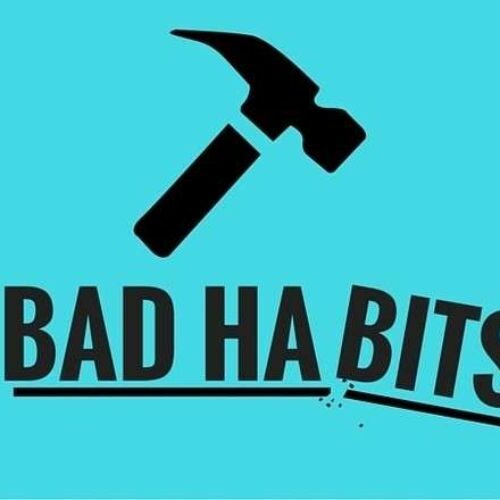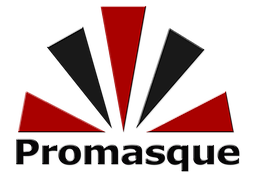In a previous article I discussed the responsibilities goalies have in drills during practices. This article will deal with practice concepts that carry over into game performances. Goaltenders must be aware of these concepts when practicing so they don’t get into lazy habits that will affect their “automatic pilot” in games. If a goalie repeatedly has the same sloppy habits in practice, that will become “auto pilot” in games as well. Since muscle memory is such a key component to goaltending, one would prefer that the muscle memory reflects good habits instead of bad.
The “One Puck” Theory
Many practice drills do not have the timing of game situations. In a game, there is one puck. When a goalie makes a save and the puck stays in play, all on-ice participants react to its new location. In practice, goalies are faced with drills where multiple waves of players are coming at them, often without enough space between shots. It is easy then to become sloppy with both techniques during saves as well as rebound control since there isn’t enough time to play each shooter correctly. It’s always nice to see coaches run drills which allow the play to run its course without having it be interrupted by the second wave of shooters. When drills are not “goalie friendly”, you can play out of control trying to make saves on all waves of players when they are coming in too fast or you can challenge one play and not panic about rushing to get to the next play. You should communicate with your coaches about how fast the plays are coming in and that you want to give each play your full attention. You shouldn’t risk injury or getting into sloppy habits by hurriedly playing one rush so you can scramble to the next. If your drills come in too fast to fully square to rebounds, at least turn and look at where they go so you acknowledge it before moving on to the next play. If the shooters are coming in too fast to be safe, play hard every other one so you can have good form on the saves.
Be Aware Of Rebounds!
I know goalies are faced with hundreds of shots in each practice and it’s not humanly possible to play each one with 100% attention. That being said, you can make it your goal to control as many rebounds as possible. During warm-up drills I rarely see goalies consistently control rebounds. They hang out and “get in the way” of the shot instead of controlling it. Most goalies that I observe have no game plan when warming up. It’s just something they always do and take it for granted. Warm-up drills are often where sloppy habits start. Pay attention to details in practice! Even if there is no one crashing the net for rebounds, steer, angle or freeze them correctly. If you don’t have time to play a rebound, at least take a moment to see where the puck is going before you move on to the next play.
Gap Control is Crucial to Goalies too!
Many goalies are flat-footed and passive in drills until they recognize a shot may be taken. Once they see the visual cue that a shot is coming, they get motivated. Remember that the time it takes to physically make a save is seconds, but the preparation to make a save is minutes! In other words, if you get to the space or shooting angle the opponent wants first, you will likely win the battle. If you allow the shooter to have time and space, the pressure is on you to make a tougher save. If you constantly focus on beating shooters to space in practice, your saves will be easier and your play in practice AND games will be much more consistent.
Use Small Games Wisely
Coaches use small area games in practice on a regular basis. These games are great for goalies since the action is often fast and furious. Since the tempo is faster, wouldn’t it be smart for goalies to practice their battle skills here? Instead, many goalies take the fun out of these games by being passive and lazy. Be active with positioning, practice pokechecks, communicate with your teammates, attack rebounds and have an active crease presence. Goalies have to have a sense of urgency in small games. This sense of urgency hones your battle skills when things get chaotic in actual games.
Seek the Goaltending Skill in Every Drill
I know this is shocking, but every drill does not cater to goalies. Many goalies shut off their brains when they don’t see a value in a drill. There are ways to take something positive out of every drill no matter how unfriendly it may be to goalies. If it’s a 2 on 0 or 3 on 0 drill, practice reading the way the players hold their sticks. If a righty is trying to pass to a lefty that’s crashing the net too hard in a 2 on 0 drill, that should tell you to be more patient on the puckcarrier’s angle so there is no passing lane! If it’s a breakout drill, work on your sets, passes and communication. Don’t just zone out. Find something worthwhile to focus on in each drill and your concentration will improve.
Show Consistent Crease Presence
You can’t just turn on your game whenever you feel like it. Whether you realize it or not, people are always watching you. Whether it’s your coaches who are evaluating how much ice time you deserve, your teammates who are deciding which goalie they have more confidence in or an opposing scout who is checking out how you practice; someone is always checking you out. Being a goalie is like being an actor. You can be shy and reserved off the ice, but you should have a confident, borderline cocky crease presence when you step on the ice. A confident goalie who challenges shooters consistently in practice forces mistakes. Players can’t pick the corners because the goalie knows how to be both patient and aggressive on the angles. The stance always looks aggressive which makes players rush their shots. Your body language says it all so make sure you consistently look energetic, confident and battle ready. If you look wishy-washy, players in practice AND in games will take advantage of you. It doesn’t take that much effort to look engaged even if you aren’t feeling 100%!
This article was contributed by Fred Quistgard.

